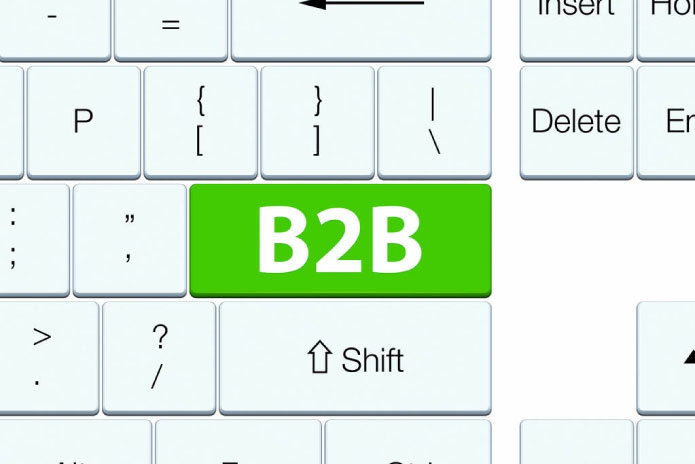When it comes to B2B marketing, especially in the technology market, many times I notice confusion among some professionals between conversions and real business opportunities. This situation can generate inflated reports, but less effective.
Thus, it is essential for marketing managers to understand the difference and adjust their expectations and metrics so that the investment in campaigns is truly effective
What is a conversion
Conversions represent interactions or actions taken by a user in response to a marketing stimulus, such as
- Download rich content, ase-booksor guides
- Filling out forms inlanding pages;
- Watch awebinaror video
- Like or comment on a post on social media
Although these actions demonstrate engagement, they do not necessarily indicate purchase intent. As marketing specialist Mark Ritson aptly highlights
"The marketing that generates activity", but not qualified leads, it's just an exercise in vanity.”
Consider this case extracted from a form (anonymized data):
- Identifier:contact
- Name:valid
- Telephone: (11) 99999-9999
- Company name: abc tech
- Message:Hello, I would like to learn about the technology service. Get a schedule with the responsible parties?
- Acceptance of terms:["on"].
- Origin:organic search | google
This type of conversion is a good example of genuine interest, but many reports present less relevant interactions as if they were real opportunities
What is a real opportunity
A real opportunity goes beyond superficial interaction. It is the moment when aleadshows clear signs of interest in solving a problem that its solution can address. Some typical characteristics are
- Direct contact requesting more information about the product or service
- Demonstration of alignment with the Ideal Customer Profile (ICP)
- Request to schedule a meeting with a clear purchase decision on the horizon
I share the case taken from a form that shows aleadfurther down the funnel (anonymized data):
- Identifier:contact
- Name:valid
- Telephone: (31) 88888-888
- Company name:xyz consultancy
- Message:Hello, I work for a consulting firm and my client saw your success story with company X. I would like to know what solutions you have adopted for this project.
- Acceptance of terms:["on"].
- Origin:organic search | google
Here, we have a real and contextual interest, indicating a more advanced stage in the purchase funnel
Where conversions mislead the reports
Traditional reporting often masks true performance by presenting numbers like:
- Inflated numbers of downloads of rich materials
- Growth in page views and clicks
- Leadsoriginating from paid campaigns or SEO, but without going deep into the funnel
A study by Demand Gen Report revealed that 95% ofleadsgenerated by B2B campaigns are not ready to buy, while only 5% are at the ideal moment to seek solutions
This means that many of the conversions presented as successful in meetings may be from people who:
- They downloaded ae-bookbecause they find the topic interesting
- They watched awebinarjust for learning
- They interacted with a post out of pure curiosity, without any intention to buy
How to identify the real intent in the B2B Tech market
To differentiate superficial conversions from real opportunities, consider the following indicators
- Complete non-lead profile
- Name and contact provided voluntarily
- Well-defined company name
- Proactive messaging with business context
- Source and origin journey
- Clear origin as organic search with transactional intentions
- History of consistent and relevant interactions
- B2B Market Decision Cycle
- Assess whether theleadthe moment of purchase is critical to separate the curious from the buyers
How to improve the quality of reports
1. Segment yourleads by funnel stage
- Top of the funnel: generic interest
- Middle of the funnel: exploring options
- Bottom of the funnel: ready to decide
2. Adopt lead quality metrics, how
- Meeting scheduling rate
- Percentage ofLeadsMarketing Qualified Leads (MQL)
- Conversion rate ofLeadsMarketing Qualifications forLeadsSales Qualifications (SQL)
3. Empower your sales team to differentiate between curious prospects and real buyers
Therefore, differentiating the conversion from the real opportunity is what separates campaigns frominboundmarketing that generates value from campaigns that only generate nice numbers in reports. The B2B Tech market, with its long decision cycles, requires marketing managers to not only attract, but also qualify accurately
And you, how are you differentiating your metrics


